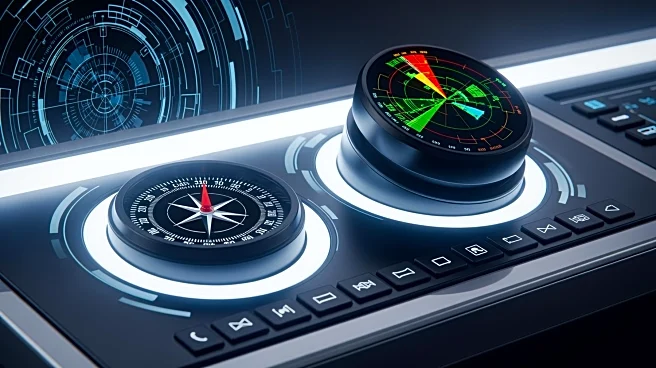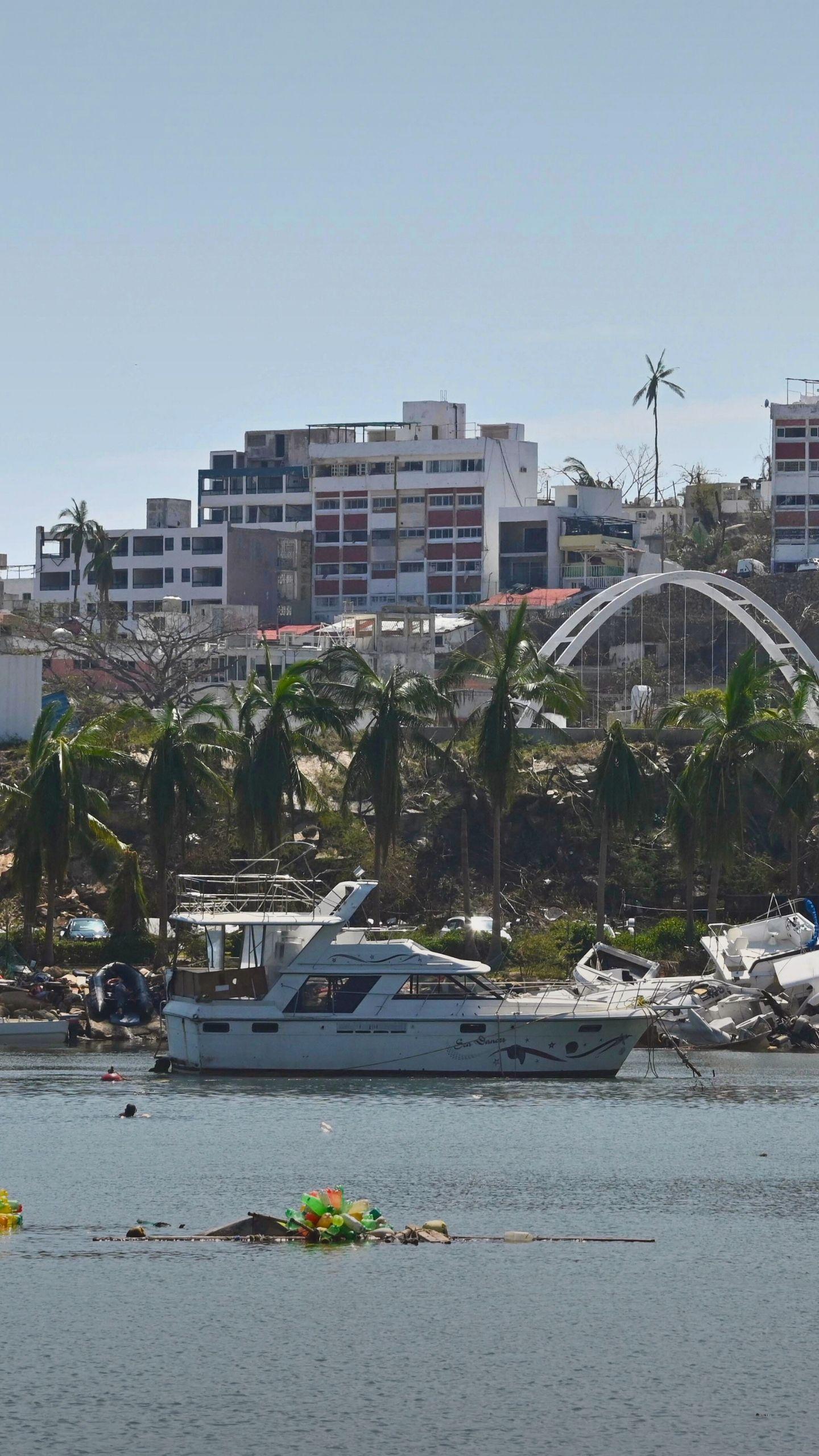What's Happening?
Sperry Marine has introduced advanced navigation solutions to address GPS interference issues in maritime operations. The company has equipped SAL Heavy Lift's new 'Orca Class' vessels with its VisionMaster
integrated bridge system, which includes Fiber Optic Gyrocompasses (FOGs) and an integrated Inertial Navigation System (INS). These technologies ensure accurate heading data and maintain stability even when external GNSS signals are compromised. The system provides early warnings of potential signal manipulation, enhancing safety and operational efficiency. The Orca Class vessels are designed to meet stringent environmental standards, featuring hybrid propulsion and readiness for methanol fuel, aiming for zero emissions in port.
Why It's Important?
The implementation of Sperry Marine's advanced navigation systems is significant for the maritime industry, particularly in enhancing safety and operational reliability amid increasing GPS interference threats. By ensuring continuous and reliable performance during GNSS disruptions, these systems protect against potential navigation errors that could lead to accidents or inefficiencies. The focus on sustainability with the Orca Class vessels also aligns with global efforts to reduce carbon emissions in shipping, potentially setting a new standard for eco-friendly maritime operations. This development benefits shipping companies by reducing operational risks and aligning with environmental regulations.
What's Next?
As the Orca Class vessels enter service, the maritime industry may see increased adoption of similar advanced navigation technologies to counter GPS interference. Shipping companies might invest in upgrading their fleets to incorporate these systems, enhancing safety and compliance with environmental standards. Additionally, the success of these technologies could prompt further innovations in navigation solutions, potentially influencing regulatory frameworks and industry best practices. Stakeholders, including shipbuilders and maritime regulators, will likely monitor the performance of these systems closely to assess their impact on safety and environmental goals.











